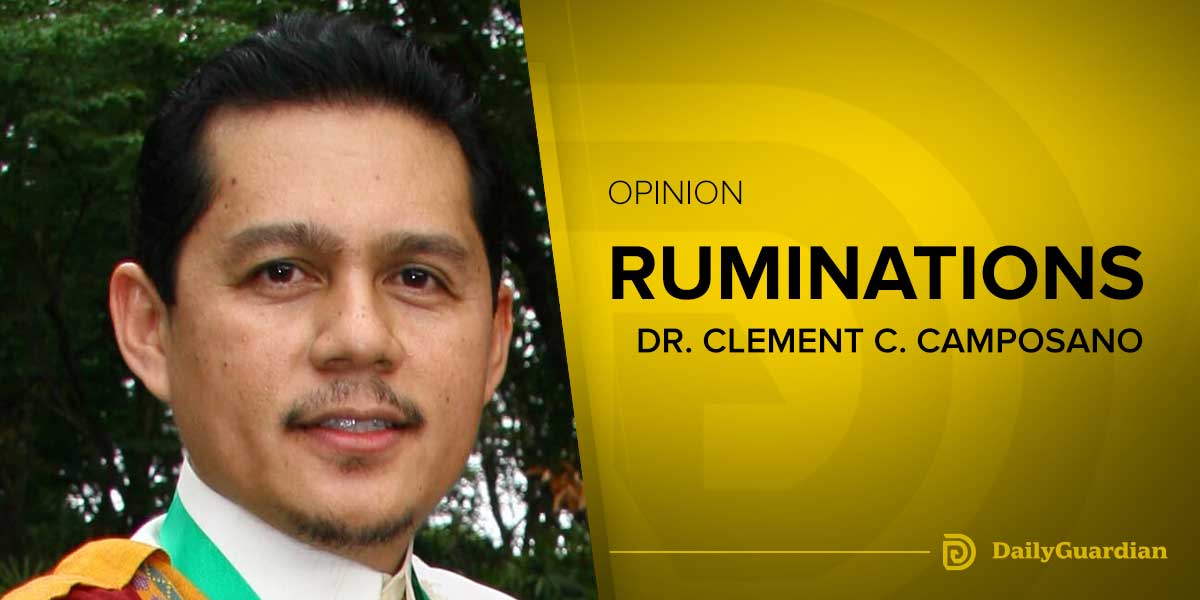By Herman M. Lagon
“Banal na Aso, Santong Kabayo” by Yano is among the most profound and controversial songs in Philippine music history. This folk-punk masterpiece, which paints a vivid picture of social critique, will reverberate through the ages because its relevance has not faded, no matter how much politics and culture change. More than merely music, “Banal na Aso, Santong Kabayo” reflects the universal problem of hypocrisy and moral contradiction, which affects cultures all over the globe.
With the help of Dong Abay’s raw vocal energy and Eric Gancio’s guitar prowess, Yano’s ingenuity came up with a 4:27-minute formula in the mid-90s that was hard to recreate. Unafraid to expose the paradoxes and absurdities that many would instead remain hidden, they plowed deep into Filipino society through their storytelling. The scathing lyrics and infectious melody of “Banal na Aso, Santong Kabayo” made it into an anthem, a call to arms for people who had grown tired of the hypocritical public displays of religion.
The song begins with a situation that any Manila resident may relate to a woman riding a jeepney, completely absorbed in her prayers. The major idea of the song—the duality of human nature, the coexistence of sanctity and sin—is embodied by this woman, who erupts in profanity with a slight annoyance later on. Yano depicts a culture where contrasts and strong visuals reveal a world where superficial holiness masks deep-seated selfishness and corruption.
The song continues by introducing a new character, a street preacher, who, when given the chance to live out the principles he passionately advocates, turns his back on a destitute boy’s plight. In this section, Yano expands on the criticism by highlighting the biased sympathy many so-called good people suffer from. These scenarios, set against a society firmly committed to religious and moral stances, effectively expose hypocrisy.
The core message of “Banal na Aso, Santong Kabayo” is a request for self-reflection rather than only a critical analysis. In doing so, it invites listeners to examine the conflict between their professed religious beliefs and the contradictions they experience daily. It is ridiculous to claim moral superiority while not living up to one’s words, as the song’s chorus—a seemingly silly refrain of laughing at the holy dog and saintly horse—highlights.
This song’s frank analysis of contemporary standards and actions has made it a cultural staple since its premiere almost thirty years ago. It is not only content to be musically pleasing; it can make listeners reflect on their values and principles and encourage them to examine them more closely. “Banal na Aso, Santong Kabayo“–a staple masterpiece sung in karaoke booths, watering holes, fiesta plazas, and public rallies up until today–is a powerful reminder that music has the ability to question, confront, and transform, even in a society where change is typically delayed and accompanied by opposition.
The impact of Yano’s music, particularly songs like “Banal na Aso, Santong Kabayo“–plus the hit songs “Trapo,” “Kumusta Na,” and “State U,” which also deserve separate commentary pieces–continues to be a powerful reminder of how music may be used for social criticism for generations to come. Yano not only cemented their place in OPM history by fearlessly addressing taboo topics but also laid the groundwork for other musicians who want to use their platforms for social commentary and political reform. As the Philippines—and the rest of the globe—keeps trying to make sense of the complicated modern world, this song shines a light on the need to dig deeper, to question, and to seek answers.
A song isn’t the only thing “Banal na Aso, Santong Kabayo” is. It is a story that reflects our shared humanity, a thread that runs through Philippine culture, and a constant reminder that we must never stop seeking truth and honesty. It challenges us to reflect, to laugh, and, most importantly, to make a difference, both in our own lives and in the world around us. The fact that Yano’s music has stood the test of time is irrefutable evidence of the ability of art to open minds, shake up established conventions, and motivate people to be more self-aware, empathetic, and authentic.
***
Doc H fondly describes himself as a ‘student of and for life’ who, like many others, aspires to a life-giving and why-driven world that is grounded in social justice and the pursuit of happiness. His views herewith do not necessarily reflect those of the institutions he is employed or connected with.




















